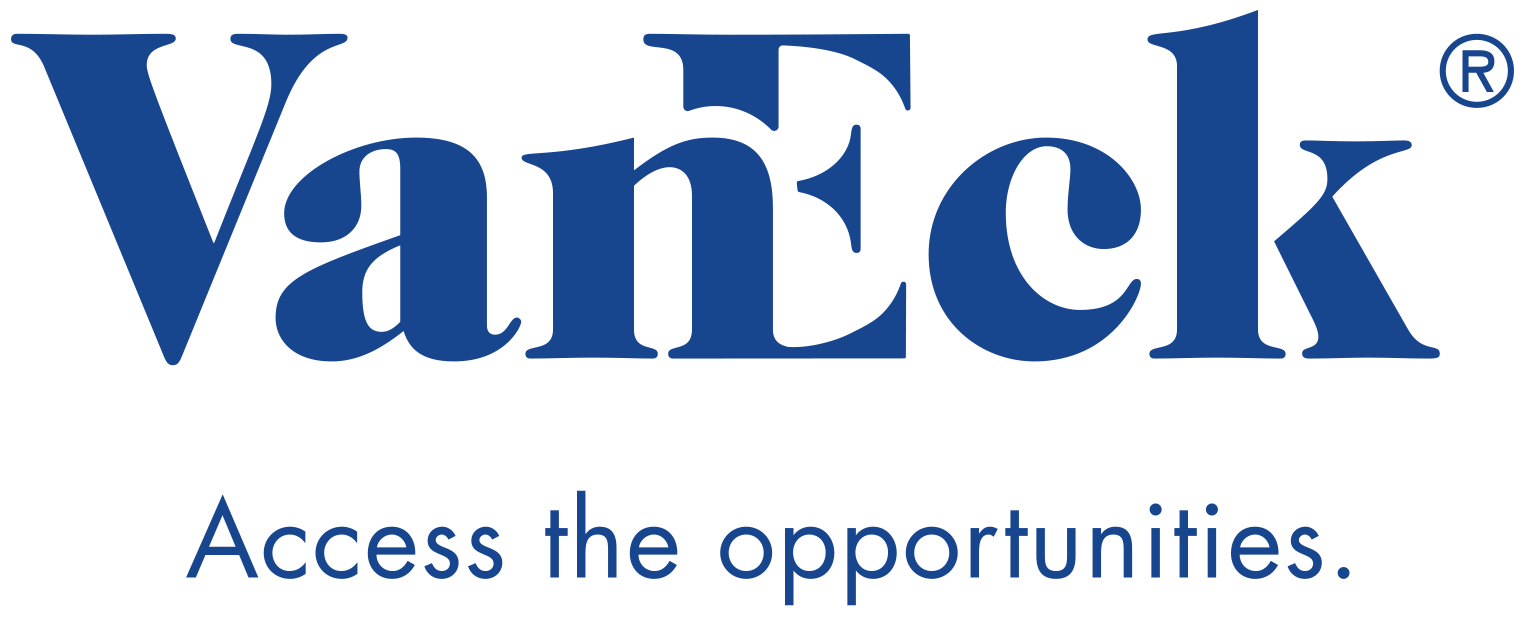These 2 factors could play a major role in the next rates' review
Throughout the recent monetary tightening, the Australian economy has remained remarkably resilient. However, wages and retail sales numbers are still front of mind for John Caulfield, Director, Intermediaries and Institutions at VanEck Australia, who thinks that these factors could still put upward pressure on inflation:
Wages and retail sales are probably the two biggest indicators at the moment. From the wages' perspective, we think there may be an additional wave or an additional shock still to come through on the inflation side. A lot of supply chain issues and more goods-related inflation has tempered quite reasonably. But the services, which includes wages, is still potentially a problem from our perspective. We think the RBA will need to hike at least once more before we get that under control.
In this video, he shares his view of the Australian economy and how investing through the cycle can help manage shifts in the economy.
Edited transcript
What's your view of the Australian economy right now?
Caulfield: It's obviously an interesting time. The Aussie economy has been pretty resilient, we've been faced with a number of rate hikes. We do still have some inflation that I don't think has been addressed completely. Short term it is holding up okay. Medium term, there will be some pain. I don't think we're quite at the end of the hiking cycle yet.
What's your take on the interest rate cycle and what factors are you watching to inform your view?
Caulfield: Wages and retail sales are probably the two biggest indicators at the moment. From the wages' perspective, we think there may be an additional wave or an additional shock still to come through on the inflation side. A lot of supply chain issues and more goods-related inflation has tempered quite reasonably. But the services, which includes wages, is still potentially a problem from our perspective. We think the RBA will need to hike at least once more before we get that under control.
You say your approach is "investing through the cycle". What do you mean by that?
Caulfield: It's thinking about the different time frames and constructing your portfolio with that in mind.
I'd say the short term is probably the next six months, medium being maybe six to 18 months. And, and anything longer than that would be in the long term camp.
Beyond maybe the end of 2024, it will be very difficult to predict where we are going to be. So that's why I say short to medium term focus is probably correct at the moment.
What's investing through the cycle looking like now?
Caulfield: It all depends on whether we get to the point of a recession, a hard landing.
We believe that we are towards the end of the rate hiking cycle. If there is one more, which I think there will be, there will be a bit of a pause and we will get a lag effect. Play a bit of catch up.
Depending on wages and ongoing inflation through 2024, it'll be a a case of how long can the RBA pause for. We think they will want to pause for as long as possible, but then have the ability to cut, potentially, towards the end of next year.
By the middle of next year, we'll likely have some clarity around the 2025 view.
What sort of assets do you think are best positioned to help you with this current "wait and see" period?
Caulfield: After a difficult 18 months or so, bonds are back in fashion to some degree. On the equity side we'd also say be a little more selective. Stick with quality companies, companies that have strong balance sheets, that could potentially see through that shorter-term volatility.
If you cast your mind back 18 months, bonds weren't paying you much yield and rates were only going to go one way. And I think where we are now, that whole portfolio construction piece, where bonds will be uncorrelated to equities, will give you some income whilst you wait. It is an important part of the diversification.
Access a portfolio of Australian government bonds which have maturity dates between 1 and 20 years with 1GOV, 5 GOV and XGOV



2 topics
3 stocks mentioned
3 funds mentioned